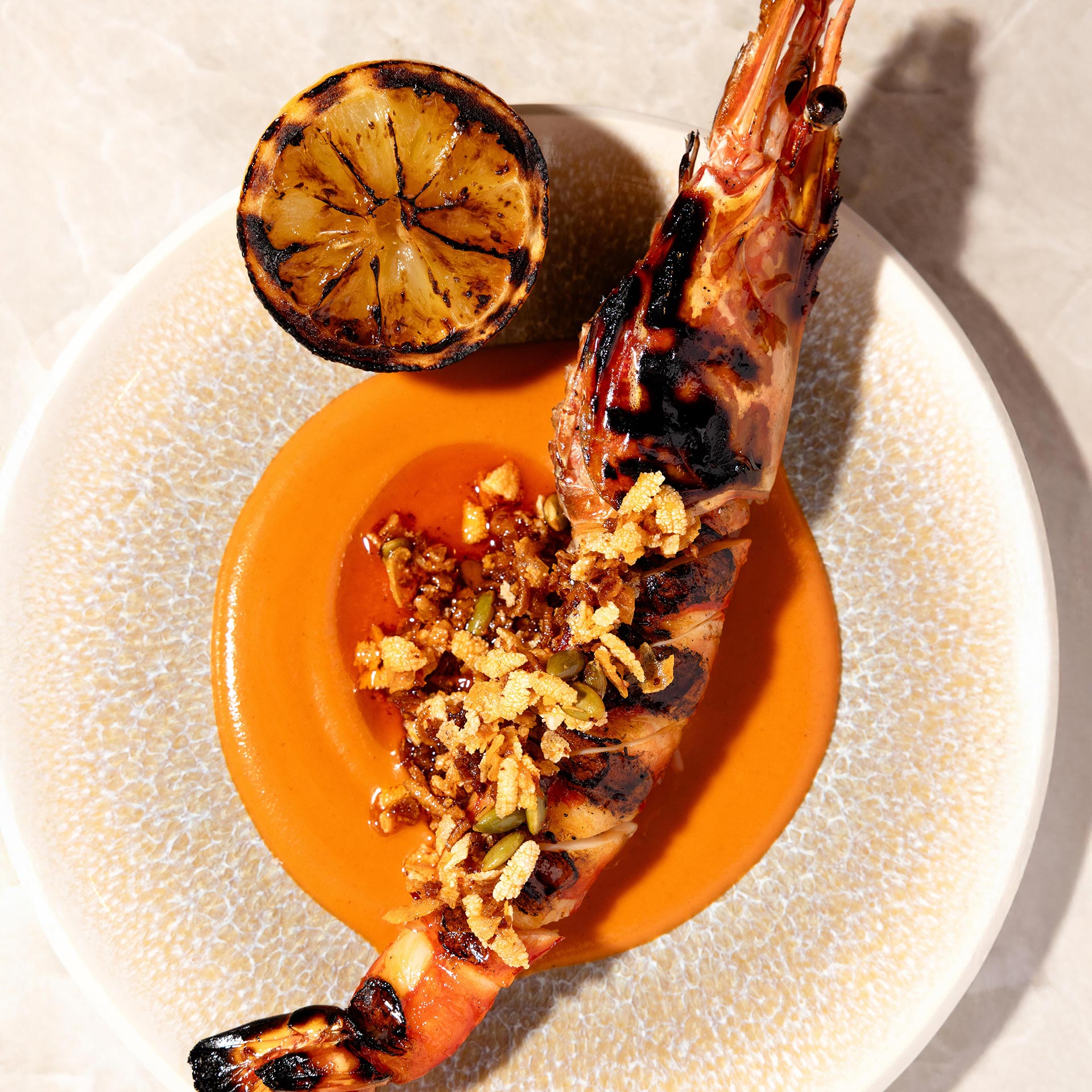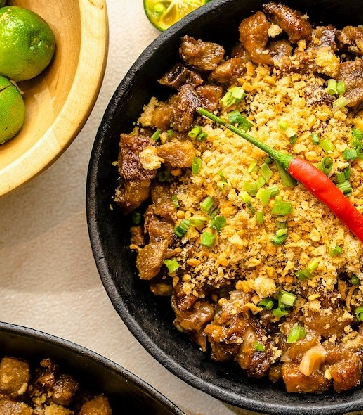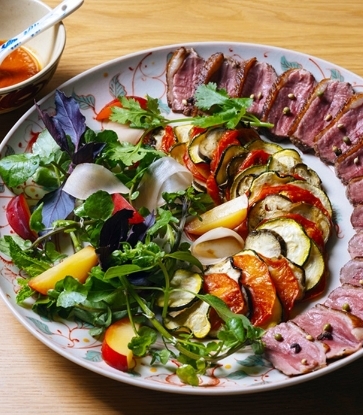“As long as there are people who appreciate our roast goose, we will continue making it,” says Hung from Tin Hung Roast Goose Restaurant. Yu Chi-hung began his career working in the kitchen. Since opening Tin Hung with his friend 21 years ago, Hung has worked tirelessly without much time off, roasting as many as over a hundred geese a day.
The small shop next to the basketball courts is marked with traces of time past. “Where are you off to? Going to school?” Hung says as he greets local residents. “Lots of locals started eating at our restaurant when they were small. Now they are married with kids, and they still come back for our roast goose.” Tin Hung grew up with this community. What used to be a neighbourhood with relatively high crime rate has now been decked out with modern housing estates. As the neighbourhood gets its makeover, the only thing that remains unchanged is how Tin Hung’s roast goose is made.
RELATED:What To Order At The 7 New Bib Gourmand Eateries in Hong Kong


Tin Hung uses black maned geese from Foshan that weigh about five to six kilograms. Raised on grains for at least 90 days before slaughtering, this breed of geese is known for its tender flesh and skin that exudes a fragrant oiliness without being greasy. After slaughtering, the geese are delivered to the store within 28 hours for marinating, air-drying and roasting.
Tin Hung’s marinade contains a special ingredient: five spice salt, which has been added with sand ginger powder for a piquant aroma. Five spice salt has more depth of flavour than normal salt, and can eliminate the unwanted gaminess of the goose. Other ingredients in the marinade include ginger and star anise. After marinating for half a day, the geese are hung, air-dried and coated with a syrup made by cooking white vinegar and maltose, followed by roasting in an oven at over 250°C.
(On the right: The geese must be rotated often during the roasting process to ensure even heat distribution.)

Hung explains that the secret to air-drying is to do it for four to five hours. This allows the roasted skin to become extra fragrant and crispy with a tantalising, golden hue. After coming out of the oven, the roast geese must be cooled for at least half an hour before carving. Carving any sooner and you risk losing the flavourful juices and the skin shrinking, which causes the meat to separate from the bones. “Many customers are impatient. At 11am when they see the geese coming out of the oven, they’d want me to carve the goose for them. I won’t do it.” To some customers, this may come across as having an attitude, but Hung is adamant about his methods for all these years for a reason, even if others often don’t understand.
(On the left: According to Hung, carving the goose is harder than roasting it.)
“The method of goose-roasting is more or less the same everywhere, but the difference is whether you put your heart into it. It’s about the attention to detail.” Hung says that many people believe goose-roasting is very difficult, but he thinks the hardest part is actually carving. This is because geese are large in size with bigger and crunchier bones. When carving, one must cut through the whole goose in one go, otherwise there may be small, loose bone shards. The shape of the cut pieces must also look presentable. Lots of chefs have failed to meet Hung’s strict standards, so Hung decides to do it himself with the help of his business partner. “Hiring is easy, but keeping them is hard. They think it’s tough work.” On the day of the interview, from 11am onwards, there has been a continuous stream of customers coming to the restaurant. Tin Hung does four to five rounds of roasting per day, and each time the geese come out of the oven, they are sold out fast, keeping the staff very busy.

Looking back on his many years of work, Hung admits that he doesn’t have any profound feelings or thoughts. He feels really honoured to have received a MICHELIN recommendation, but his days will be the same. What’s important is that customers appreciate his food and business continues as usual. “As long as customers keep coming back for my roast goose, I’m happy. If six out of 10 customers say my roast goose is good, then that’s good enough.” Looking forward, he wishes to preserve this craft. In spite of an unstable supply of goose, the pandemic, and the various challenges faced by the food and beverage industry, he will remain resilient and continue doing what he does best.
CONTINUE READING: 5 Must-Order Dishes At Luk Yu Tea House, A MICHELIN Celebration Of Well-Preserved Cantonese Classics
Text and photos: Gloria Chung @foodandtravelhk
Article written by Gloria Chung, translated by Iris Wong. Read original article here.




















